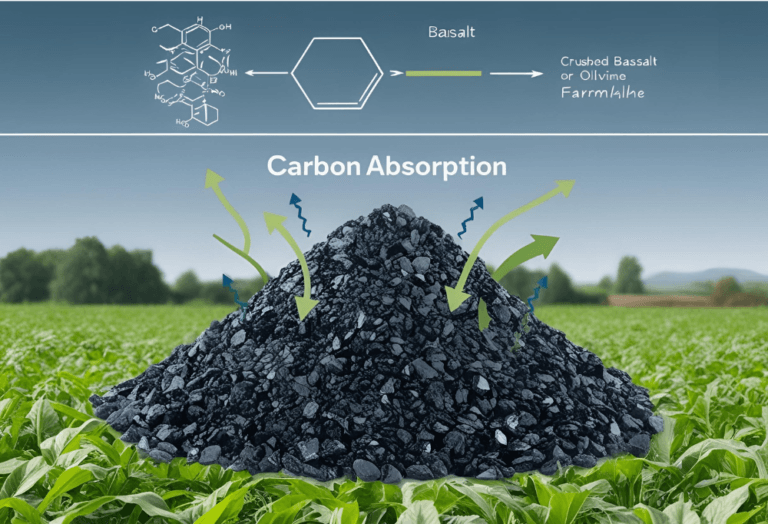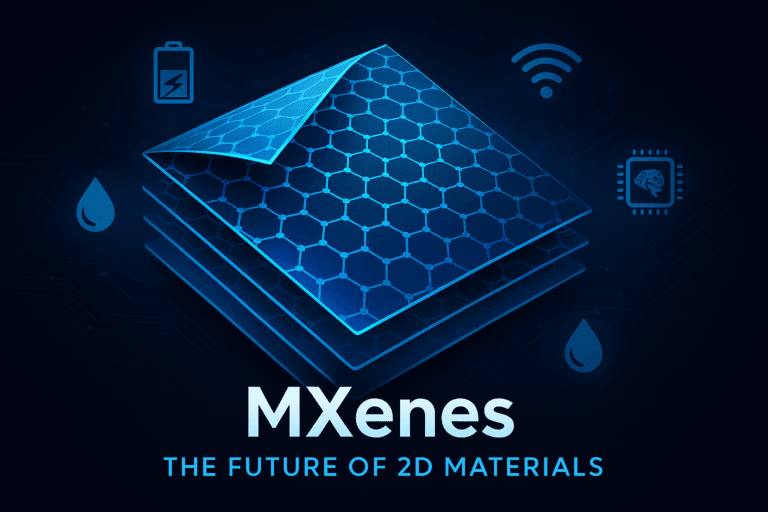Introduction: The Evolution of Greenhouse Technology
The journey of greenhouse farming began centuries ago, primarily as a means to extend growing seasons and protect crops from harsh environmental conditions. Traditional greenhouses have relied on manual intervention for climate control, which, although effective, has its limitations—chief among them is the reliance on human labor and the unpredictability of external weather patterns.
The rise of smart greenhouses marks a significant evolution in greenhouse technologies, transforming agricultural practices by merging automation with data-driven insights. These systems not only offer better control over temperature, humidity, and lighting, but they also contribute to sustainable farming practices by optimizing resource use.
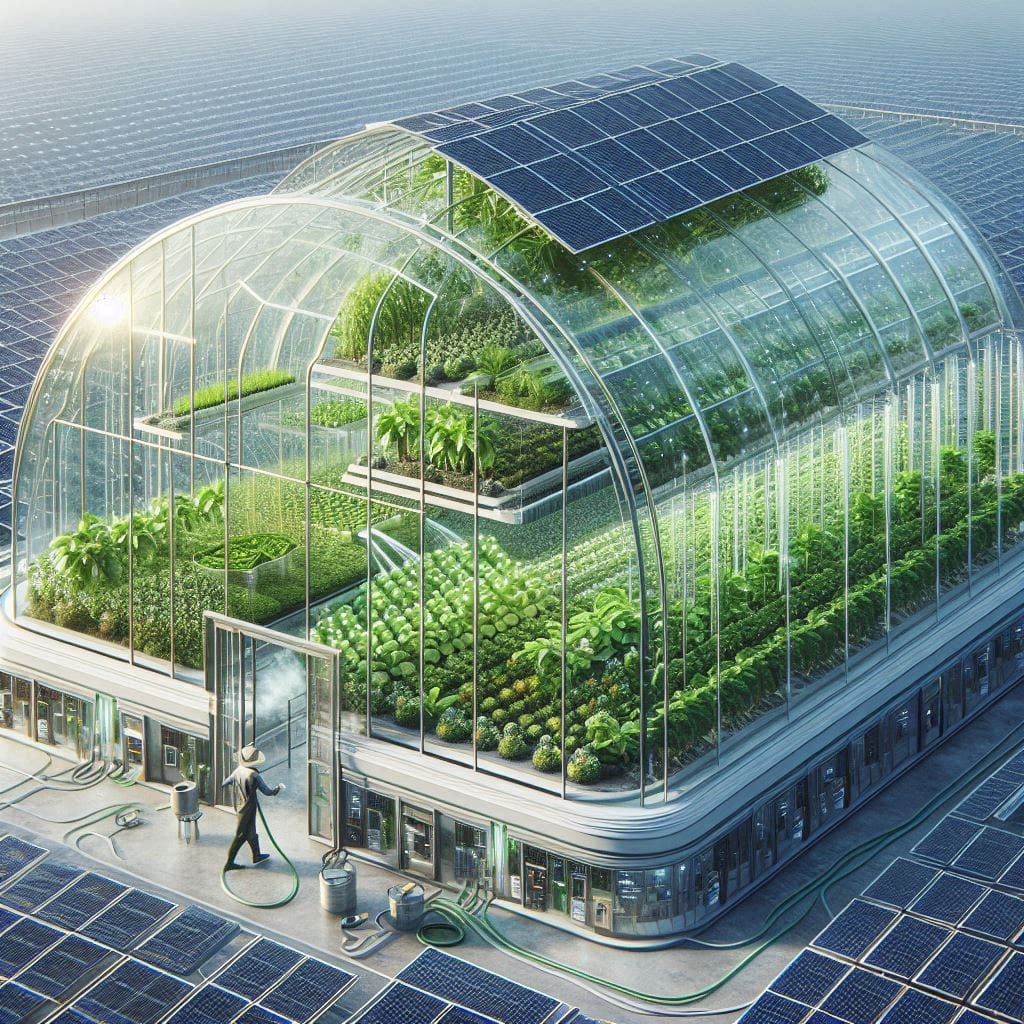
In the context of global challenges such as climate change and rising food security concerns, smart greenhouse automation systems represent a crucial step forward in ensuring efficient, high-yield agriculture with minimal environmental impact. Farmers can achieve sustainable production by harnessing cutting-edge technology while conserving vital resources like water and energy.
What is a Smart Greenhouse?
A smart greenhouse is a controlled environment where advanced technologies such as sensors, IoT (Internet of Things), and AI (Artificial Intelligence) are used to monitor and adjust the growing conditions for crops. This concept builds upon traditional greenhouses but takes automation and precision to new levels.
Key Features of a Smart Greenhouse
- Automated Climate Control: Sensors track real-time conditions inside the greenhouse and adjust the heating, ventilation, and cooling systems as needed. The system can lower temperatures during hot weather by automatically activating fans or opening windows, and raise temperatures when it’s cold by starting heaters or adjusting the insulation.
- Irrigation Systems: Smart irrigation systems use soil moisture sensors to determine when plants need water, and automatically activate drip irrigation or misting systems accordingly. This method saves water and ensures plants receive the exact amount they require.
- Light Management: Natural sunlight is complemented by smart grow lights that adjust based on the crop’s needs. These lights can change intensity and color spectrum to maximize photosynthesis, particularly in cloudy or low-light conditions.
Smart greenhouses use greenhouse technologies to automate every aspect of plant care, minimizing the need for human intervention. These systems can be remotely monitored and controlled via mobile devices, providing unparalleled flexibility for growers.
Traditional vs. Smart Greenhouses
While both traditional and smart greenhouses are enclosed structures for crop production, the main difference lies in the level of automation. Traditional greenhouses depend on manual operations to regulate temperature, watering, and lighting. On the other hand, smart greenhouses operate autonomously, using data from sensors to make precise adjustments in real-time. This means less labor, higher efficiency, and better crop yields with fewer inputs.
The Role of IoT and AI in Smart Greenhouse Automation
The integration of IoT and AI is transforming smart greenhouses into fully automated, self-regulating systems that optimize plant growth. The combination of these technologies allows for real-time monitoring and data analysis, giving farmers unprecedented control over their crops.
IoT-Based Systems
At the heart of smart greenhouse automation systems is the Internet of Things (IoT), a network of connected devices and sensors that collect data on key environmental factors such as temperature, humidity, soil moisture, and CO2 levels. These sensors continuously feed data into a central control unit, which then adjusts the systems to maintain optimal growing conditions.
IoT devices enable farmers to monitor the greenhouse remotely, using smartphones or computers. Real-time alerts can be set up for critical situations, such as sudden temperature changes, equipment malfunctions, or water shortages. This means that farmers can respond to issues quickly, even if they are not physically present at the greenhouse.
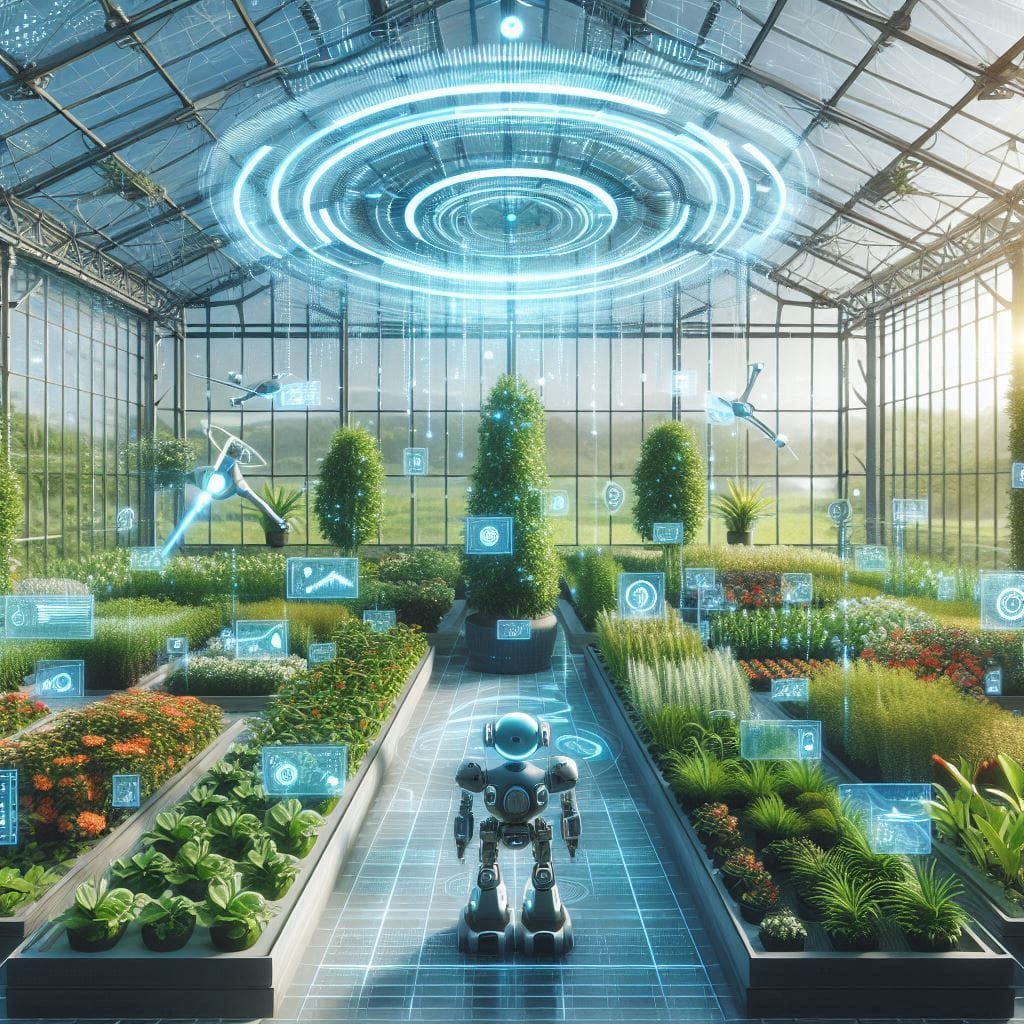
AI-Powered Analytics
Artificial Intelligence (AI) plays a pivotal role in making smart greenhouses more intelligent. AI algorithms analyze data collected by IoT devices to predict trends, optimize resource use, and forecast plant growth stages. For example, AI systems can predict when a plant will need more water or nutrients based on its growth stage, weather forecasts, and historical data.
Moreover, AI can identify patterns in the data that humans might miss, such as subtle changes in temperature or soil conditions that precede pest infestations or diseases. By detecting these issues early, automated greenhouse systems can initiate targeted interventions, reducing the need for pesticides and chemical treatments.
Real-Time Monitoring and Proactive Adjustments
One of the primary benefits of smart greenhouse automation systems is the ability to monitor and adjust conditions in real time. Instead of reacting to problems after they occur, farmers can take a proactive approach. For instance, if sensors detect a drop in soil moisture levels, the system can automatically activate the irrigation system to prevent plant stress. This ability to make real-time adjustments is key to improving crop yields and reducing waste.
Energy Efficiency in Smart Greenhouses
Energy consumption is a critical consideration for any greenhouse operation. Smart greenhouses are designed to minimize energy use by integrating energy-efficient greenhouse technologies like solar power, energy storage systems, and geothermal heating.
Solar-Powered Greenhouses
In many smart greenhouses, solar panels are installed to generate renewable energy for lighting, irrigation, and climate control systems. By harnessing solar energy, these greenhouses can significantly reduce their reliance on non-renewable energy sources, leading to lower operating costs and a reduced carbon footprint.
The use of solar energy is particularly advantageous in regions with high sunlight exposure, allowing the greenhouse to function independently of the grid during the day. Advanced solar technologies also include systems for storing excess energy in batteries, which can be used during nighttime or cloudy periods.
Renewable Energy Storage Systems
To ensure continuous operation even when sunlight is not available, energy storage systems such as lithium-ion batteries or advanced thermal storage units can be installed. These systems allow us to store excess energy generated during peak sunlight hours and use it during night or whenever it is needed. This approach ensures that the smart greenhouse remains energy-efficient, even during periods of low sunlight or at night.
Geothermal Heating and Cooling
A lesser-known but highly effective energy-efficient method used in some smart greenhouses is geothermal energy. This involves using the Earth’s stable underground temperatures to heat or cool the greenhouse. Geothermal systems are particularly beneficial in colder climates, where heating costs can be a significant expense. By leveraging geothermal heating, smart greenhouses can maintain optimal temperatures year-round while reducing their reliance on conventional heating systems.
Automated Greenhouse Systems: Comparing Different Technologies
As the adoption of smart greenhouses grows, various automated greenhouse systems are emerging, each with unique features and benefits. Choosing the right system depends on factors such as farm size, budget, and the level of automation required.
Centralized vs. Decentralized Automation
- Centralized Systems: These systems use a single control hub to manage all aspects of the greenhouse environment. Centralized systems are typically used in large-scale operations, where uniform growing conditions are needed across multiple sections.
- Decentralized Systems: These IoT-based systems use multiple, independent controllers and sensors, each responsible for a specific part of the greenhouse. Decentralized systems are ideal for smaller greenhouses or farms that require more localized control.
Open-Source Platforms vs. Proprietary Solutions
Farmers also have the option of choosing between open-source automation platforms or proprietary solutions. Open-source platforms are often more customizable and cost-effective, but they may require technical knowledge to set up and maintain. Proprietary systems, on the other hand, come with built-in support and user-friendly interfaces, but they may have higher upfront costs and less flexibility.
Scalability
One of the biggest advantages of smart greenhouse automation systems is scalability. Whether you are running a small hobby farm or a large commercial operation, these systems can be scaled up or down to meet your needs. Automated systems can also be customized to grow with your business, allowing you to add more sensors or expand the control system as your farm grows.
Climate-Specific Smart Greenhouses
The adaptability of smart greenhouses to diverse climates is one of their standout features, ensuring that farmers can achieve high productivity regardless of location. By integrating advanced greenhouse technologies, these systems can be customized to handle extreme weather conditions, whether it’s sweltering heat or freezing cold.
Customizing for Hot Climates
Smart greenhouses in hot climates, such as desert regions, require specialized technologies to handle high temperatures and prevent crops from wilting. Advanced cooling systems such as evaporative coolers, ventilation fans, and automated shading mechanisms are crucial. These systems dynamically adjust based on the temperature data provided by sensors. In some smart greenhouses, thermal screens are employed to reflect sunlight and reduce heat, while ensuring that plants receive sufficient light for photosynthesis.
Irrigation technologies also play a pivotal role in hot climates. Smart irrigation systems, such as drip irrigation, deliver water directly to the plant’s roots, minimizing evaporation losses. Integrated moisture sensors ensure that water is only used when necessary, further reducing waste and optimizing water use in smart greenhouse automation systems.
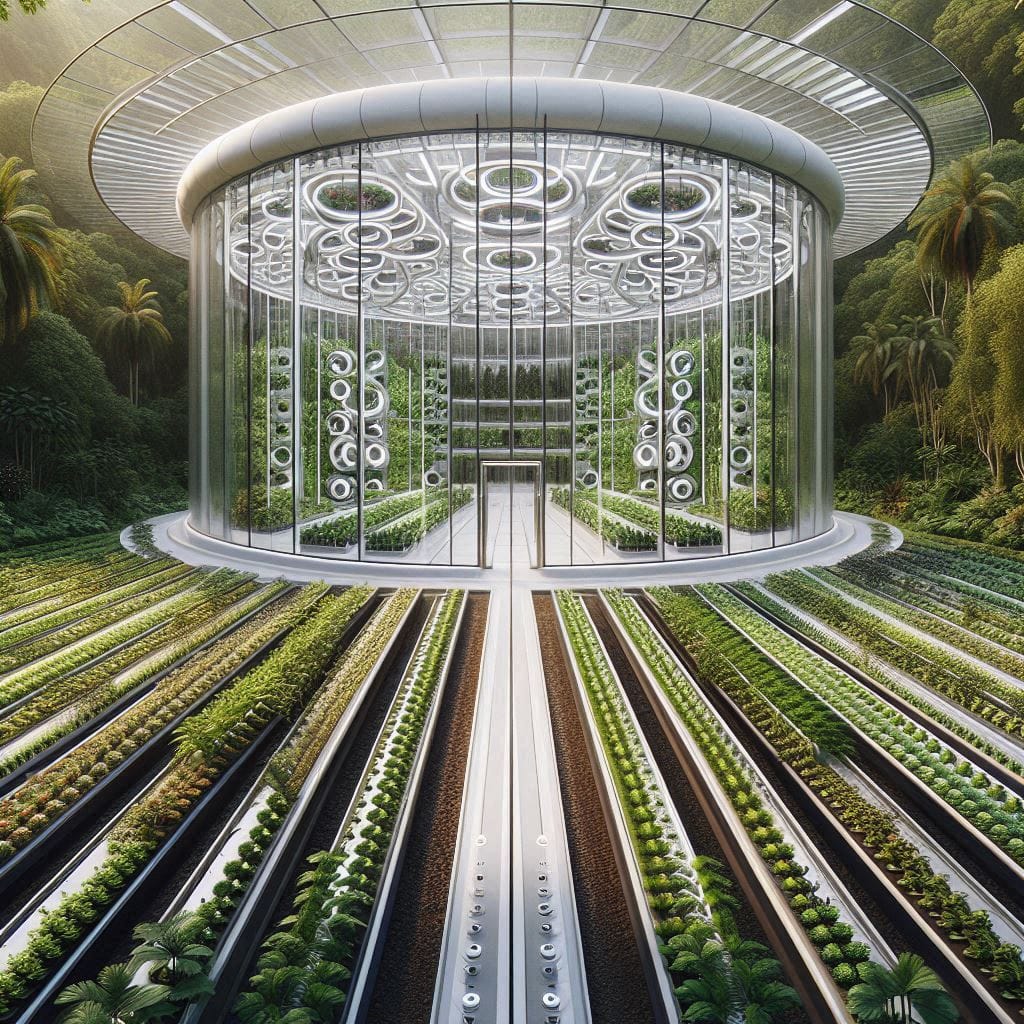
With rising temperatures due to climate change, adapting greenhouse technologies to these hot environments is becoming more critical for food security.
Cold Climate Solutions
In colder regions, smart greenhouses face a different set of challenges, primarily related to heating and insulation. To maintain optimal growing conditions, automated greenhouse systems in cold climates rely on advanced insulation materials like double-glazed glass or polycarbonate panels, which help to retain heat. These greenhouses also use energy-efficient heating technologies, such as geothermal systems or solar-powered heating, to reduce energy costs and environmental impact.
Some smart greenhouses integrate thermal storage systems that capture and store heat during the day and release it at night, ensuring continuous warmth even during freezing temperatures. These technologies make it possible for farmers in colder climates to extend their growing seasons and achieve higher yields.
Case Studies: Real-World Examples
- Case Study 1: Smart Greenhouse in Arizona, USA: In one of the hottest climates in the world, this smart greenhouse uses a combination of evaporative cooling and smart irrigation technologies to cultivate crops year-round. With sensors monitoring temperature, humidity, and soil moisture, the system optimizes resource use, reducing water consumption by 30%.
- Case Study 2: Greenland’s Smart Greenhouse: In the icy landscapes of Greenland, a smart greenhouse equipped with high-efficiency insulation and geothermal heating has been successfully growing fresh produce in temperatures as low as -20°C. The use of energy-efficient greenhouse technologies allows year-round crop production, reducing the need for imported produce.
These examples illustrate how smart greenhouses can be customized to meet the demands of different climates, offering a sustainable solution for food production in extreme environments.
Benefits of Smart Greenhouses in Sustainable Farming
The benefits of smart greenhouses extend beyond convenience and efficiency; they are key drivers of sustainable agriculture. By optimizing resource use, increasing crop yields, and reducing the reliance on chemicals, smart greenhouse automation systems help farmers minimize their environmental footprint while ensuring food security.
Water Efficiency
In regions where water scarcity is a pressing issue, smart greenhouses offer an efficient solution. Automated irrigation systems are designed to monitor soil moisture levels and provide water only when it is needed, significantly reducing water waste. For example, systems like drip irrigation deliver water directly to the plant’s roots, ensuring that no water is lost to evaporation or runoff. This level of precision makes smart greenhouses ideal for drought-prone areas, where water conservation is critical.
By using real-time data to optimize water use, smart greenhouse automation systems can cut water consumption by up to 50%, making these greenhouses a vital tool in the fight against water shortages.
Increased Crop Yields
One of the most significant advantages of smart greenhouses is their ability to increase crop yields. By automating environmental controls and optimizing conditions for plant growth, farmers can maximize production. In traditional farming, crops are limited by the growing season. However, smart greenhouses allow for year-round farming, enabling multi-cropping systems that boost output.
Automation also ensures that plants receive optimal light, nutrients, and water at every stage of their growth cycle, leading to healthier, faster-growing crops. In regions facing food security issues, the ability to increase yields through smart greenhouse technologies can play a crucial role in ensuring a steady food supply.
Reduced Chemical Usage
With smart greenhouses, farmers can exercise precise control over the growing environment, reducing the need for pesticides and fertilizers. By maintaining optimal conditions for plant health, the risk of pest infestations and diseases is minimized. Additionally, automated greenhouse systems can detect early signs of plant stress, such as changes in soil pH or moisture levels, allowing for targeted interventions before the problem worsens.
This not only reduces the reliance on harmful chemicals but also leads to safer, more sustainable farming practices. Over time, the reduced use of chemicals improves soil health and minimizes pollution, contributing to a cleaner, more sustainable agricultural system.
The Future of Smart Greenhouses: AI and Robotics Integration
The future of smart greenhouses lies in the integration of cutting-edge AI and robotics technologies, which will further revolutionize farming by increasing efficiency and reducing labor costs.
AI-Driven Robotics
As smart greenhouse automation systems evolve, the role of AI-driven robotics will become more prominent. AI-guided robots can handle tasks such as planting, monitoring crop health, and harvesting, which traditionally require significant human labor. These robots use AI to analyze plant data in real time, allowing them to make decisions such as which plants need watering or pruning, and when to harvest based on optimal ripeness.
Robotic systems will not only reduce labor costs but also improve the precision of farming operations, leading to higher-quality produce and reduced waste. For large-scale commercial farms, the adoption of automated greenhouse systems with robotics could significantly boost productivity.
Predictive Agriculture
Another exciting trend is the rise of predictive agriculture, powered by AI algorithms that forecast nutrient needs, plant health, and even future climate conditions. By analyzing data from sensors and external weather forecasts, AI can predict when plants will need more water or nutrients, allowing farmers to make proactive adjustments.
This form of predictive agriculture will enable smart greenhouses to become even more efficient, reducing resource use while maximizing yields. For example, AI systems could predict an upcoming heatwave and automatically adjust irrigation and cooling systems to protect crops, ensuring that no resources are wasted.
Global Adoption
By 2030, it is predicted that smart greenhouses will see mass adoption across the globe, driven by the need for sustainable food production and the increasing availability of affordable greenhouse technologies. Countries facing water shortages, extreme temperatures, or unpredictable weather patterns will likely lead the charge in adopting these technologies to secure their food supply.
The impact of smart greenhouses on global agriculture could be transformative, helping to ensure food security in the face of growing populations and environmental challenges. As these systems become more accessible, we can expect to see a new wave of innovation in smart greenhouse automation systems that will reshape the future of farming.
Conclusion: Embracing the Future of Sustainable Agriculture with Smart Greenhouses
In conclusion, smart greenhouses represent a transformative shift in agricultural practices, combining advanced automation technologies with sustainable farming methods. By leveraging IoT, AI, and energy-efficient solutions, these innovative systems not only optimize the growing environment but also address pressing global challenges such as climate change, food security, and resource conservation.
The benefits of smart greenhouses extend beyond mere convenience; they enhance water efficiency, boost crop yields, and significantly reduce reliance on chemical inputs, creating a more sustainable agricultural landscape. As we look towards the future, the integration of robotics and predictive analytics promises to further revolutionize smart greenhouse operations, making farming more efficient and less labor-intensive.
With the potential for widespread adoption by 2030, smart greenhouses will play a critical role in meeting the demands of a growing global population while safeguarding our planet’s resources. As farmers and agricultural stakeholders embrace these advanced technologies, we can anticipate a new era of sustainable food production that harmonizes innovation with environmental stewardship, ensuring a resilient and secure food supply for generations to come.
Explore below interesting blogs:



